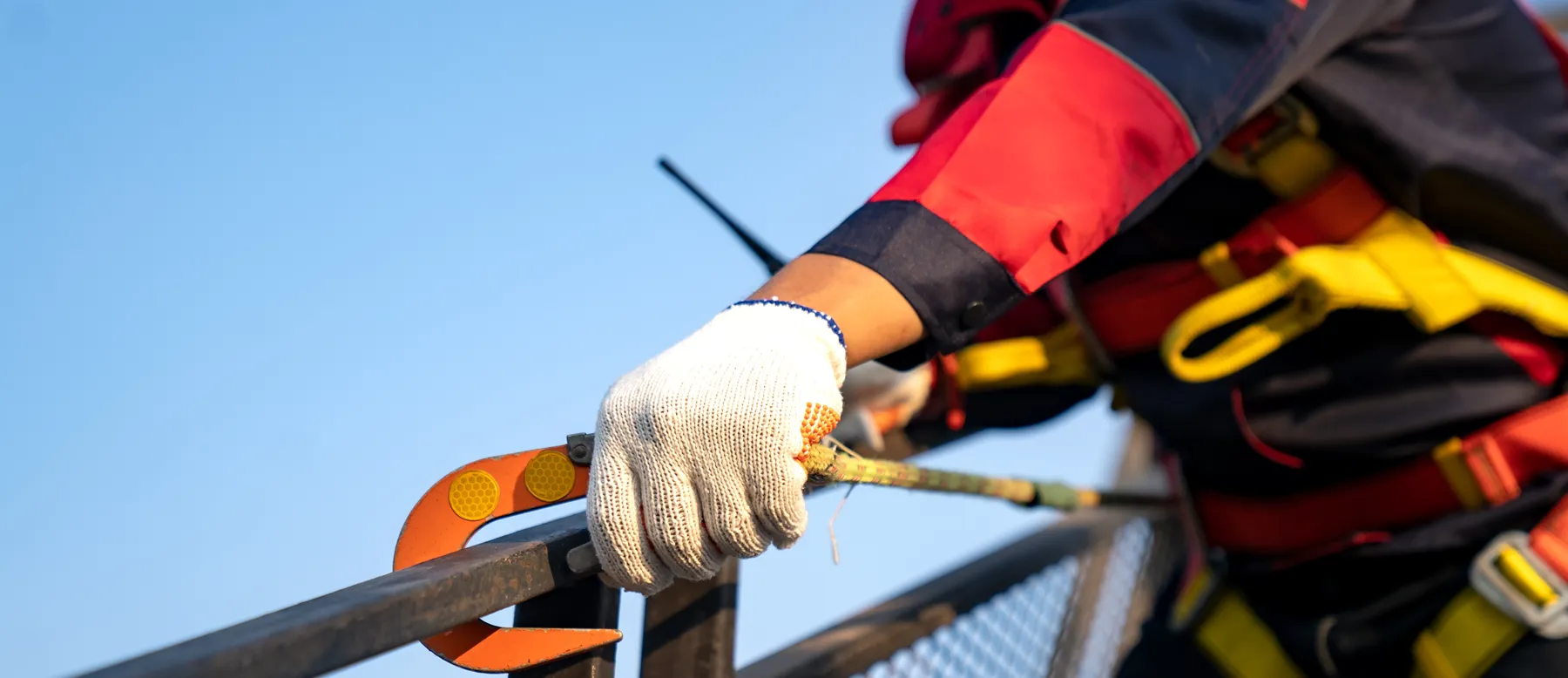
UK Scaffold Safety: Protecting Workers and Ensuring Safe Construction Sites
Scaffolding is essential for high-rise construction and maintenance projects, providing workers with the platform and support needed to reach elevated areas safely. However, due to the inherent risks involved, scaffolding safety is a top priority in the UK construction industry.
Ensuring the safety of scaffolding structures is not just a legal requirement, but a crucial measure to prevent accidents and save lives.
UK Scaffold Safety Standards and Regulations.
In the UK, scaffolding safety is governed by strict regulations and standards, primarily under the Health and Safety at Work Act 1974 and the Work at Height Regulations 2005.
These laws require employers to take all necessary steps to ensure that scaffolding is erected, used, and maintained safely.
Key safety standards include:
– Design and Inspection: Scaffolds must be designed by competent professionals and inspected regularly by a qualified scaffold inspector. Initial inspections should occur before the scaffold is used, followed by frequent checks throughout the project.
– Proper Training: All workers who use or work near scaffolding must receive adequate training.
Scaffolders, in particular, need specialised qualifications to safely assemble, dismantle, and inspect scaffolds. The CITB (Construction Industry Training Board) offers approved training schemes to ensure workers are equipped with the necessary skills and knowledge.
– Scaffold Load Limits: Scaffolding must be designed to support both workers and materials. Clear load limits are specified, and scaffolding should never be overloaded
to prevent collapse or failure.
– Fall Protection: Fall hazards are one of the primary risks on construction sites.
Guardrails, toeboards, and safety nets must be installed to prevent falls.
Personal protective equipment (PPE) like harnesses and helmets may also be required, particularly when working at significant heights.
– Safe Access and Egress: Access to scaffolding should be safe and efficient, with ladders, stair towers, or ramps provided.
Workers should never climb on the scaffolding structure itself to reach higher levels unless it is designed for that purpose.
Why Scaffold Safety Matters
Despite the significant strides in safety regulations, scaffolding remains a leading cause of construction-related accidents in the UK. According to the Health and Safety Executive (HSE), falls from height account for a large proportion of fatalities and injuries in the construction industry. Proper scaffolding safety protocols are vital to reduce these risks.
Conclusion
Scaffold safety in the UK is a shared responsibility between employers, workers, and scaffolders. By adhering to regulations, using certified materials, conducting regular inspections, and ensuring proper training, the risks associated with scaffolding can be minimized, leading to safer construction sites. When scaffolding is properly managed, it provides a secure environment for workers, allowing them to perform their tasks efficiently and without unnecessary risk.
At A-Fix Scaffolding, our commitment to safety, compliance, and efficiency makes us the ideal partner for your construction projects. To learn more about our scaffolding services, contact us today.

